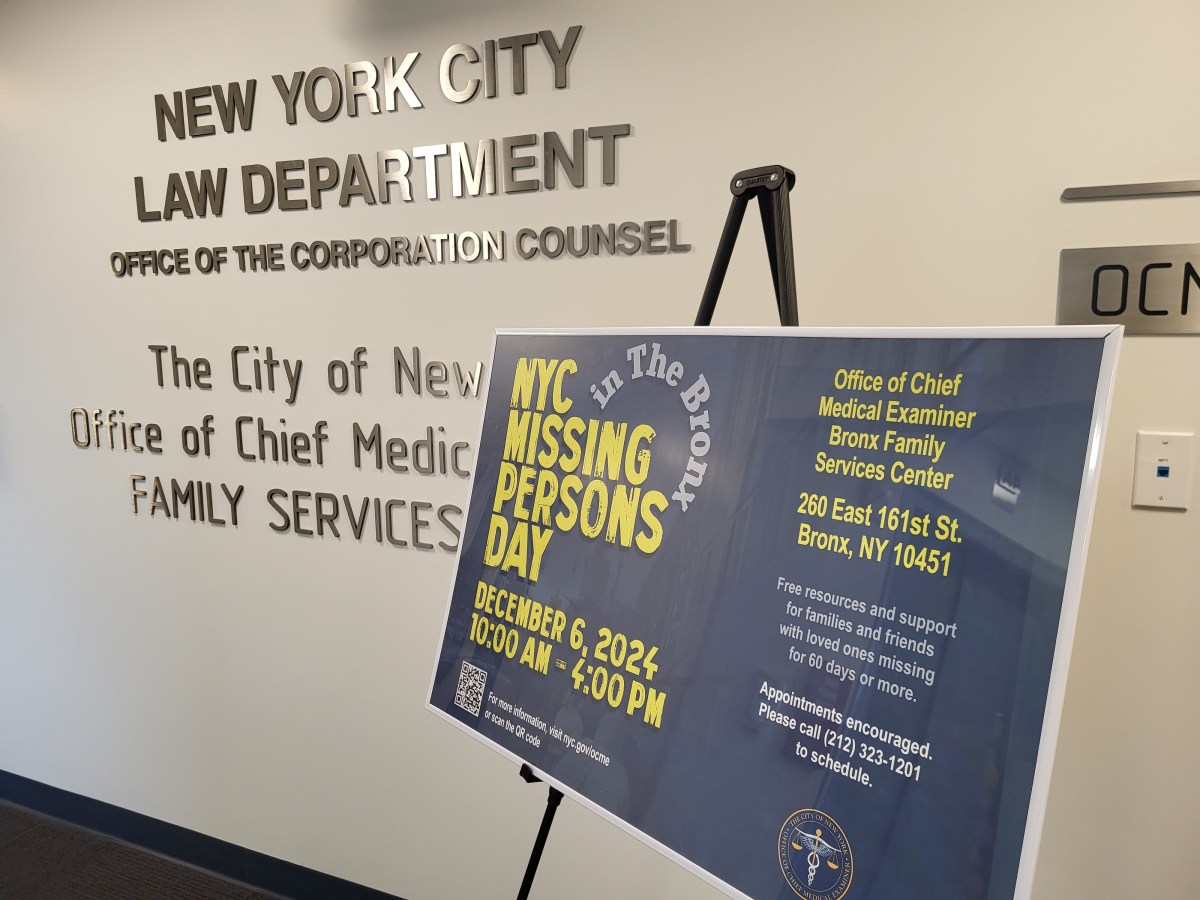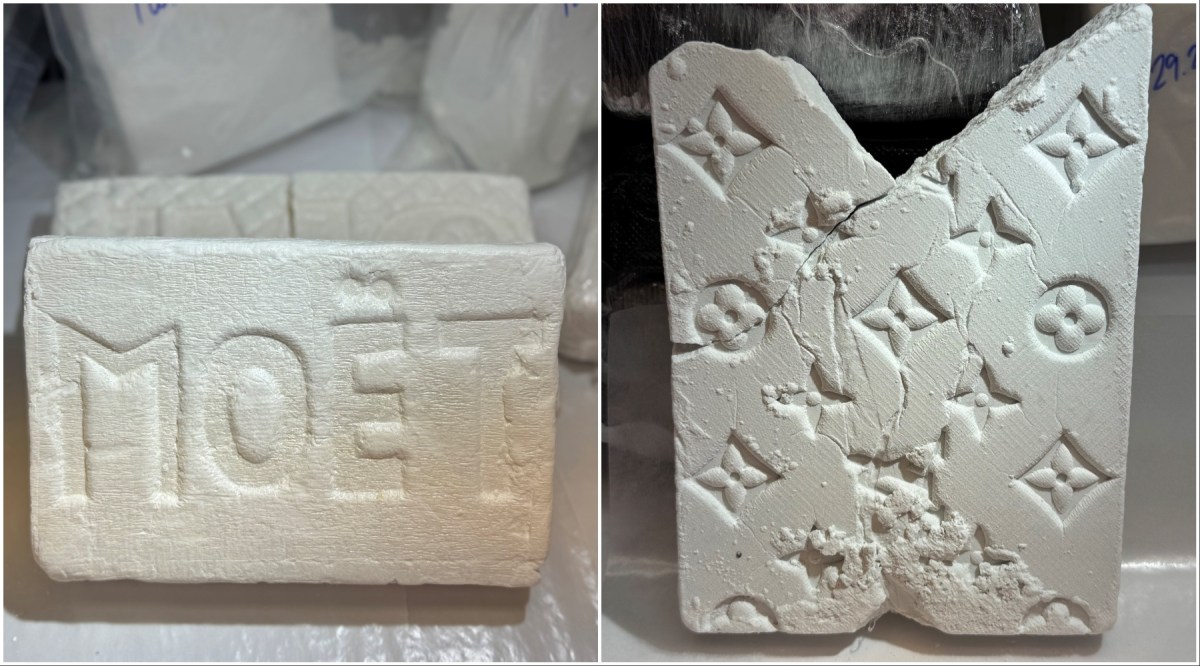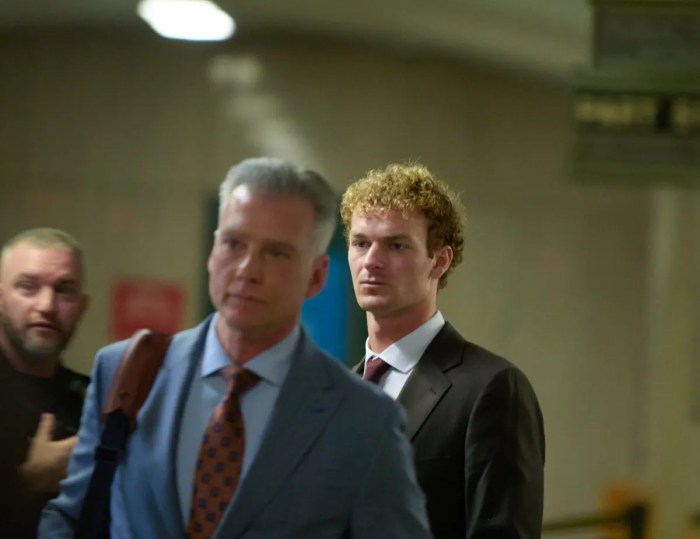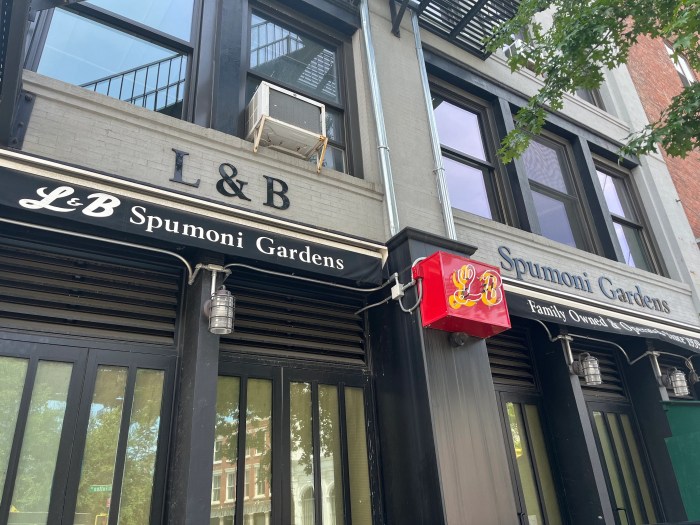For more than four decades, Jerry Lewis united Americans in an annual experience so communal and without strife that it’s hard to imagine now. Lewis was a talented comedian and a successful filmmaker. Some consider him a genius, and in the realm of physical comedy, he was. But for many, hearing of his passing Sunday, it was not his movies or pratfalls that sprang to mind. It was the Labor Day weekends, as summers ended and generations of the family gathered to watch the telethon.
Lewis started raising money for muscular dystrophy research in 1956, but it was not until Labor Day weekend 1966 that the streak began. Until 2010, he would begin a telecast the Sunday night before Labor Day that would not end for more than 20 hours. Over the decades, he raised almost $2.6 billion.
All over the country, local stations ran their own telecasts, too, breaking into the national show. Celebrities were captured on-screen manning phone banks, and kids from our own communities were spotted dumping the change they collected in the local collection.
The entertainers would alternate between soppy and superb, featuring legends and the not-quite-famous. We stayed up later than usual, and found ourselves waking up eerily early, and switching the set back on.
And as Monday afternoon went on, the nation would wait for Lewis to update the total, to see whether the record was broken, and just a bit more good had been done than before. He always seemed to succeed, then. We always seemed to get that win together.
Lewis did his last telethon in 2010, and without him the event died out. And the tendency now would be to end with “We will not see another event, another star and another cause bring us together so completely, again.”
But is it so wrong to hope we will?


































